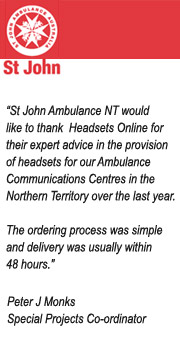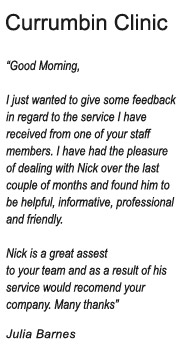- Home
- Headsetsonline.com Blog
- Blogs
- Jabra
- Unified Communications Adopted by Australian Businesses
Unified Communications Adopted by Australian Businesses
Posted: 18/03/2015 16:05
Views: 1398
Synopsis:
Conducted in June of year 2012, Jabra and Frost & Sullivan conducted a survey with the goal of evaluating the different Unified Communications strategic uses utilized by around 302 companies. The survey shows that investment on Unified Communications or UC is what Australian Businesses confidently see as returns within the next two years.
Based on a survey conducted by Jabra and Frost & Sullivan, investment on Unified Communications or UC is one of the most confident returns that a lot of Australian Businesses see within the two years that will follow.
Conducted in June of year 2012, the collaborative survey by Jabra and Frost & Sullivan has the goal of evaluating the different Unified Communications strategic uses practiced by around 302 companies. By executing the UC technology, some of the aspects worth-evaluating are:
- Decision making
- Benefits
- Challenges
- Expected return on investment
The entire results of the survey can be downloaded here. Additionally, for great offers from Jabra, visit our store.
Around 70% of the businesses from the 300 IT key players, who were canvassed, believe that technology will have a big role to play in the near future. Some of these people include those from:
- Australia
- France
- Germany
- Japan
- UK
- US
The result of the survey also shows that the Australian companies, which participated in the survey, believe that the implementation of the Unified Communications will be felt in the entire business crowd. It also shows that 46% of the survey participants anticipates increase in the productivity of employees when UC has been implemented. In addition to that, voice and data network convergence and cost-effectiveness are said to be the main factors why the UC technology will be widely felt in the industry.
Fulvio Toniotti, Managing Director, Jabra ANZ said that Jabra was thrilled to see that companies are replacing older technology with new unified communications solutions. He said, “Converged voice and data networks offer great return on investment and we are glad to see Australian businesses embrace these solutions. Technology should enable businesses to be more agile and superior at competing in a difficult economy and we are certain that the many benefits of unified communication tools – such as greater collaboration, increased productivity, and more efficient business processes – will become readily apparent as companies move forward using them, “
The survey also shows that most of the IT experts believe that the success of the UC applications implementation will depend on two elements, which are: getting staff and management buy-ins. In addition to that, the survey also shows that these following factors will be the biggest hindrance to the UC adoption:
- Inadequate training (58%)
- Resistance to giving up established tools (44%)
- Lack of integration with existing tools (37%)
Results show that voice applications will serve as the most critical element in the communications strategy worldwide.
And for those companies who have already adopted a UC environment, 58% of them believes that the headsets used significantly help in improving the work environment when on calls, since they can do it hands free. On the other hand, 41% of those participating companies believes that these headsets help reduce the office noise, which improves sound quality in the process.
SKM Sinclair Knight Merz (SKM) Infrastructure and Enhancement Manager Dean Krstevski said that headsets had significantly improved employee productivity in his organization. “SKM employees need to use multiple desktop applications that work seamlessly and after reviewing several vendors we found that Jabra’s headsets worked the best across these multiple platforms.”
Other results in the survey includes:
Main drivers for implementing UC tools: cost savings
Key restraint of the implementation: initial cost of UC implementations (62%)
Other global concerns include:
- Limited value for the majority of the workforce (35%)
- Expertise required to manage the roll-out (31%)





